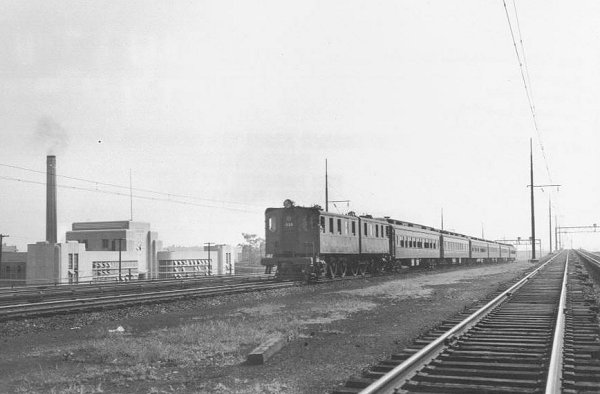by krispy
A co-worker told me that some of the passenger cars in the old days was cooled by a fan blowing over a block of ice. I was intrigued by this, but am not sure if he was pulling my leg or not. Anyone know of this? What time period perhaps?
Also, the Island must have had several icehouses to ice down the reefer cars back in the day. I've heard tell of such from old New Haven RR retirees that they had several scattered over the system, and that they'd whip blocks the size of bundled newspapers over flimsy wooden ramps into the top of the reefers with salt added sometimes by using long gaffes/poles with hooks at the end. Did the LIRR have these, and where and when? I'd venture a guess in maybe Holban, or Yard A. Anyone?
Thanks in advance!
Also, the Island must have had several icehouses to ice down the reefer cars back in the day. I've heard tell of such from old New Haven RR retirees that they had several scattered over the system, and that they'd whip blocks the size of bundled newspapers over flimsy wooden ramps into the top of the reefers with salt added sometimes by using long gaffes/poles with hooks at the end. Did the LIRR have these, and where and when? I'd venture a guess in maybe Holban, or Yard A. Anyone?
Thanks in advance!
